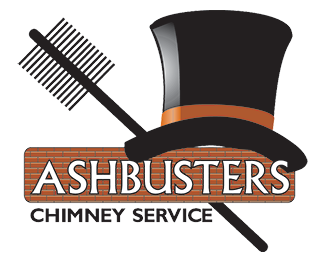When your masonry chimney ages, your exterior bricks and mortar are going to naturally suffer weather-related damage over the years. Not only do older chimneys experience damage and erosion, newer masonry chimneys can also show signs of deterioration if they are not properly maintained. Unfortunately, the eroding of chimney masonry can be a slow, gradual process and not always easily noticed. The biggest signs of masonry damage include cracks, holes, and crumbled bricks and mortar. All of these signs are symptoms of spalling, a term we commonly have to explain to customers. We would like to take an opportunity to inform you about the causes, impact, and repair of the damage spalling can do to your chimney.
What exactly is the definition of spalling?
According to InspectAPedia, an online encyclopedia of building inspection and repair, spalling is the chipping away and loss of surface of any masonry material, including a brick chimney, a masonry block chimney, or even concrete sidewalks.
What causes spalling?
Water exposure, leaks, and penetration are your masonry chimney’s biggest enemies. Most severe in colder climates, the freeze-thaw process is behind most major spalling damage. When water is absorbed into the bricks and mortar of your chimney, that water will freeze in cold temperatures and expand. When the temperature rises above freezing and the ice thaws, parts of those bricks and mortar will completely break off due to the stress of the expansion. Each time this cycle repeats itself in a season, the more spalling occurs, and structural damage to your chimney is a result of this continuous spalling. Other causes of spalling include masonry products that are soft, porous, incorrectly made, or badly built.
Other than structural damage, are there other impacts of chimney spalling?
Yes, besides structural damage to your chimney, spalling can cause bricks to fall into your chimney, which can create a blockage in your flue. Your flue should always be inspected when your chimney suffers from spalling damage to ensure there are no hazardous blockages. Furthermore, holes left in your chimney structure from lost bricks and mortar allows more water to penetrate your masonry work, which leads to more costly damages.
How can spalling be repaired?
If the damage is not too serious, our expert masons at Ashbusters can repair the holes, brick by brick. However, if your chimney has undergone severe spalling damage, it will need to be torn down to a sound level and rebuilt. When a flue has also suffered damage, rebuilding the chimney allows for new flue tiles or a new chimney liner to be installed.
What are ways to prevent spalling?
Keeping water out of your chimney is essential in preventing spalling damage. To prevent water penetration, you should be sure you do not have a damaged or missing chimney crown or chimney cap. Damaged flashing also leads to water leaking into your masonry chimney. Our certified technicians at Ashbusters can inspect, repair, and install all three of these essential components of your chimney. We can also apply a 100% vapor-permeable waterproofing formula to further protect your masonry from water penetration-caused spalling damage.
If you have noticed signs of spalling on your chimney, contact Ashbusters today. Our expert chimney technicians can repair your water leaks and your spalling damage.

